The Olympus Pen F is the flagship camera in Olympus’ Pen range. Although it clearly falls into the Pen category because of its design, it is fair to say that, technologically speaking, it has much more in common with OM-D range. Not only is it the sole Pen to feature a built-in viewfinder, but it also comes with a number of high-end features such as a 20MP sensor and Olympus’ excellent 5-axis stabilisation system.
The latest OM-D camera to hit the market is the new OM-D E-M10 III. While technically an entry-level model, it comes with a couple of features you won’t find on the flagship Pen camera – or any other entry-level or mid-range Olympus camera for that matter – such as 4K video recording and a more advanced AF system.
Below we’re going to sift through all the main differences between the Pen F and E-M10 III so that you can have a better idea of which might better suit your photographic needs. Let’s get started!
Ethics statement: The information supplied in this article is based on official specifications, press releases and our personal experience with Olympus cameras. If we get the chance to test the two cameras side-by-side, we will publish a full comparison with high resolution image samples. We were not asked to write anything about these cameras, nor were we provided with any sort of compensation. Within the article, there are affiliate links. If you decided to buy something after clicking the link, we will receive a small commission. To know more about our ethics, you can visit our full disclosure page. Thank you!
1. Design and Handling
Let’s begin this comparison preview by investigating the physical differences between the two cameras.
Looking at them side by side, I would say that the Pen F is decidedly the most elegant in appearance. Its design was largely inspired by the original Pen F film camera and retains many of its features, including the sleek rectangular form, lack of a front grip, non-protruding viewfinder and large dial on the front. (This dial controls the shutter speed on the film camera but was assigned to creative control on the digital version – more on this a bit further down!)
The E-M10 III, by contrast, bears a strong resemblance to the original Olympus OM film cameras with its centrally placed viewfinder encased within a fake pentaprism and flared grip out front.

Both cameras are available in either solid black or a combination or black and silver and are covered in synthetic leather that improves your grip on the camera. Sadly neither comes with weather-sealing.
Found around the body of both cameras are numerous buttons and dials. You’ll find twin dials on top to change the shutter speed and aperture values, a mode dial, and various function buttons to which you can assign your favourite settings. However, only the Pen F has a physical exposure compensation dial (±3EV) and the Custom Modes on the mode dial.

Although both cameras come with a flash, that of the E-M10 III is built-in whereas the Pen F comes bundled with the external FL-LM3 flash unit.
Turning to the rear, we can see that the two cameras have a very similar layout. The right-hand side is home to the four-way control pad which is surrounded by the Menu / Delete / Info / Playback buttons. The main difference is that the control pad of the Pen F has been assigned different functions to the E-M10 II such as ISO/WB, flash, burst shooting/timer and AF point. The pad on the Pen can be customised unlike that of the E-M10 III.

Both have a hot shoe for accessories, a touch sensitive LCD monitor, and an electronic viewfinder. We’ll discuss the last two more in-depth in the following section since they have been implemented differently on each camera.
2. Rear LCD Screen and EVF
The rear LCD screens of both cameras have very similar specifications. In addition to being 3-inch type screens with a very similar resolution (1037K on the Pen F versus 1040K on the E-M10 III), both feature touch sensitivity that can be used to select an AF point, take a picture, swipe through your images and more.
The primary difference between the screens is that the Pen F’s is vari-angle, meaning it can be flipped out to one side and rotated, while the E-M10 III’s uses a simple tilting mechanism. Both can come in handy for low and high angle shooting but the Pen F’s is more useful for video work.

Additionally, both screens have an AF Targeting Pad option that lets you to choose the focus point on the touchscreen while looking through the viewfinder.
If the LCD specifications are extremely close, the two electronic viewfinders are pretty much identical. Both have a screen with 2.36 million dots of resolution, 1.23x magnification and 100% coverage.
The one difference is found in their location on the body. Whereas the E-M10 III’s is found inside a fake pentaprism that protrudes from the centre of the body, the Pen F’s is located on the left-hand side and is positioned low enough that it doesn’t jut out and ruin the graceful design of the camera. It is surrounded by a round rubber eye cup whereas the E-M10 III’s eye cup is angular.

They both offer a Simulated OVF option, which expands the dynamic range of the camera’s electronic viewfinder in order to simulate the behaviour of an optical viewfinder.
3. New Menu System
Whereas the Pen F features Olympus’ old menu system, which wasn’t the easiest to navigate at the best of times, the E-M10 III’s menu has been upgraded to resemble that of the E-M1 mark II with its minimalistic and beginner-friendly design and re-organised options.
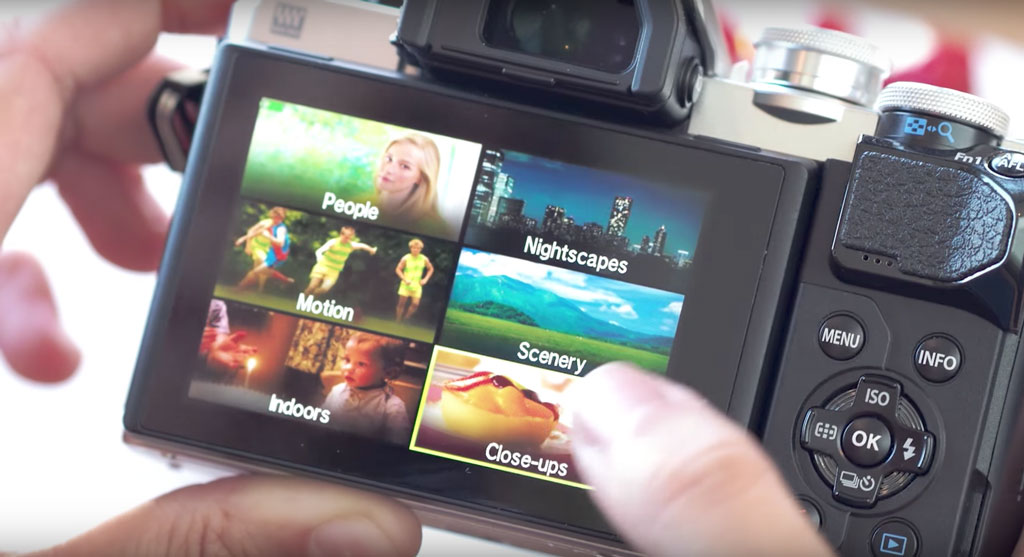
If you want to rapidly access special features such as Live Composite, Live Bulb or Multiple Exposure for example, you can now use the new Advanced Photo mode on the top main dial, and a brand new shortcut button on top allows you to choose settings according to the scene mode you’re in.
4. Creative Dial
The Creative Dial is unique to the Pen F. It occupies the same position as the shutter speed dial on the original film camera.
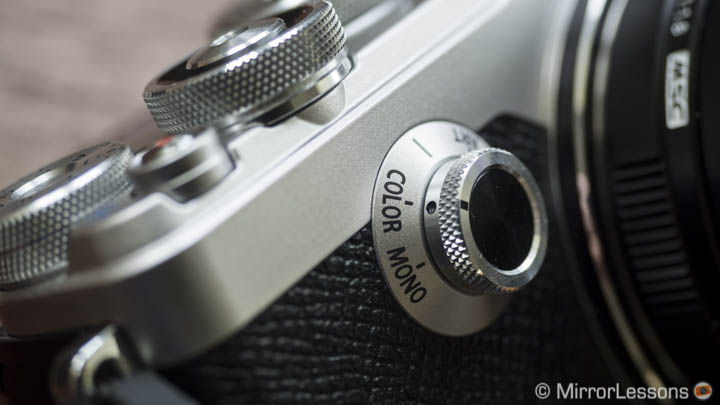
The purpose of the dial is to give the user the chance to create his or her own colour and monochrome presets in-camera. It turns in five steps that give you access to four different creative modes in addition to the default picture profiles:
- Creative Control
- Art Filters
- Picture mode (default picture profiles)
- Creative Colour
- Creative Monochrome
Of course, the results only affect the in-camera JPGs but if you use the Olympus Viewer 3 software, you can apply the custom profiles you created in-camera to the RAW files as well.
The E-M10 III only comes with the default picture profiles and Art filters. The brand new Bleach Bypass filter is currently unique to this camera.

5. Sensor Resolution
From 2013 up until recently, the 16MP Micro Four Thirds chip was the standard on all Micro Four Thirds cameras from Olympus and Panasonic. The Pen F was the first Olympus camera to house a 20MP sensor, and remains one of only four Micro Four Thirds cameras to have this resolution.
The E-M10 III uses the same 16MP sensor as its predecessor but has a more recent image processor than the Pen F (TruePic VIII vs TruePic VII).
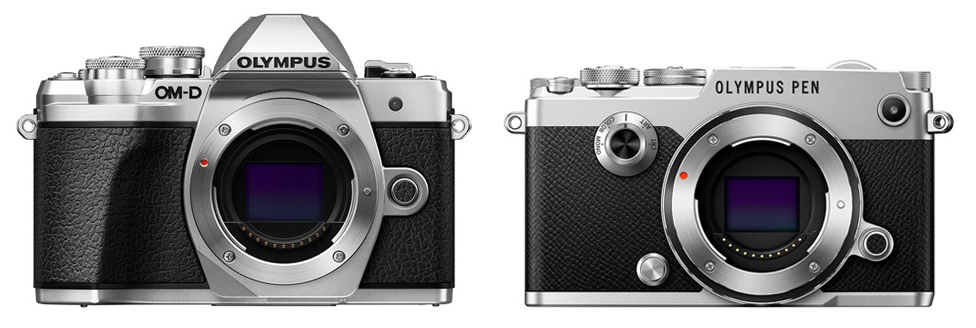
Though a side-by-side test is necessary, we’ve shot with most 16MP sensors and the Pen F’s 20MP Micro Four Thirds sensor many times before and never saw a significant difference in image quality.* You may have a little more leeway for cropping but the dynamic range and high ISO performance remain very similar.
*The OM-D E-M1 II and Lumix GH5 flagship cameras both have a new 20MP sensor and do display better dynamic range and high ISO performance.
6. Autofocus System
Next we come to the autofocus system, which is one area where the E-M10 III has the upper hand.
Despite having an identical contrast detection autofocus system, the E-M10 III has more AF points: 121 in total as opposed to just 81 on the Pen F.
Both cameras have the option of All target, Group target (9‑areas), Single target (normal), and Single target (small) but the E-M10 III has an additional Super Spot AF mode that allows you to focus in magnification mode.
There are also the following focus modes on the two cameras: Manual focus, Single AF, Continuous AF, Single AF + MF and AF Tracking.
Additionally, both come with Face / Eye detection with left side, right side and near side priority.
In our tests with the Pen F, we found that the autofocus performance was decent and quite usable with slow moving subjects such as the runner below. We are curious to see how much better the E-M10 III is in terms of speed and accuracy.

7. In-Body Stabilisation System
Both the E-M10 III and Pen F utilise Olympus’ 5-axis in-body image stabilisation system which stabilises the camera regardless of the lens you mount. The only difference between them is their official CIPA rating.
According to the official specifications, the Pen F has a rating of up to 5 EV steps whereas the E-M10 III is only good up to 4 EV steps.
The E-M10 II, which we tested a couple of years ago, has the same image stabilisation system as the E-M10 III and we can confirm that it does good job of stabilising the camera at shutter speeds down to 0.4 seconds and even 1 second if you are very stable and use a wide lens. The Pen camera is a little more effective, however, producing sharp results at shutter speeds as slow as 1-2 seconds if you have a steady hand.
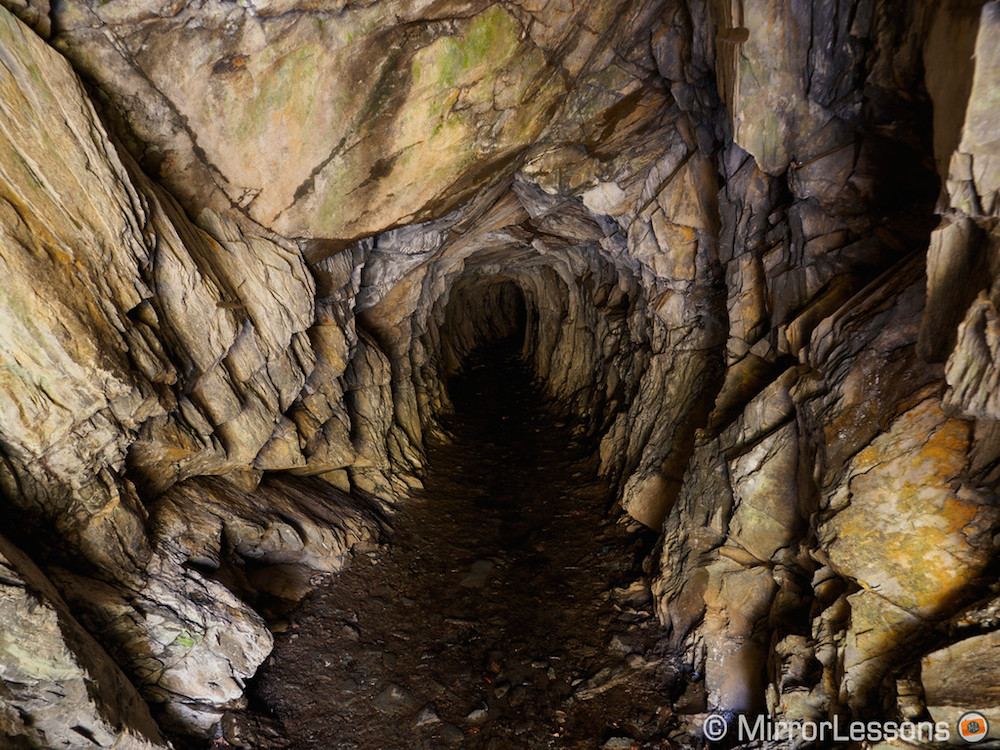
The Pen F is also compatible with Sync IS, whereby the camera uses the in-body and optical stabilisation at the same time to achieve even better results. As of now only two lenses are compatible: the 12-100mm Pro and 300mm Pro.
8. Shutter Speeds, Sequential Shooting and Buffer
The fastest mechanical shutter speed of the Pen F is higher than that of the E-M10 III (1/8000 vs 1/4000), but the maximum shutter speed in silent (1/16000) and first curtain (1/320) modes is identical.
While the Pen F can shoot as fast as 10fps in S-AF (up to 16 RAW frames or unlimited JPGs) and 5fps in C-AF, the E-M10 III is limited to 8.6fps (up to 22 RAW frames or unlimited JPGs) and 4.8fps. In other words, the Pen F is faster but the E-M10 III has a better buffer.
9. High Res Shot
High Res Shot is an extra feature that can only be found on the Pen F, OM-D E-M5 II and OM-D E-M1 II.
It combines eight shots into one high resolution file by slightly moving the sensor between shots, giving you a resolution of 50MP (JPGs) or 80MP (RAW). Since the technology merges a series of shots taken milliseconds apart, a tripod is a must and any moving objects, such as moving water or leaves blowing in the wind, should be excluded from the composition for it to work properly.
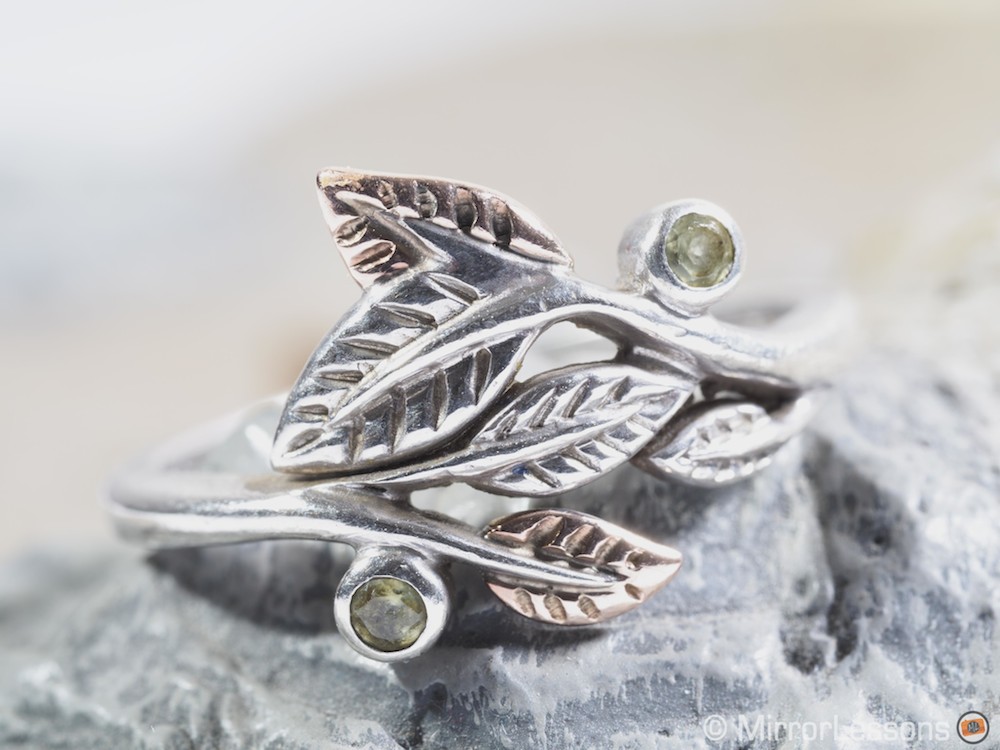
Because it produces such a high resolution, it is ideal for still life, static macro, architecture and to some extent, landscapes as long as it is a very still day.
The E-M10 III, being an entry-level model, doesn’t come with the High Res Shot function.
10. Video Capabilities
We’ve saved one of the biggest differences for last and for those of you who shoot video on a regular basis, it could be a deal breaker.
The E-M10 III becomes the second Olympus camera following the flagship OM-D E-M1 II to shoot in 4K (3840 x 2160) at up to 30fps and clean HDMI out (4:2:2 8-bit). It is also capable of Full HD up to 60fps and high-speed recording at 120fps in 720p.
The Pen F also has a clean HDMI out but it can only shoot at up to 1080p/60fps.
Happily, both cameras offer the possibility to use the 5-axis stabilisation system with video (M-IS1 or M-IS2 with additional software stabilisation).
The only advantage the Pen F has over the E-M10 III in the video department is the vari-angle screen mentioned above.
Bonus: No more Wireless RC Flash
Unlike the Pen F, the E-M10 III does away with the Olympus RC mode that can be found on most Olympus MFT cameras. The Pen F can work with 4 channels and 4 groups, uses its external FL-LM3 flash to trigger other units (optical communication) and is compatible with the Profoto Air Remote TTL-O flash system.
The other flash specifications are also quite different. Though both have a maximum sync speed of 1/250s, this goes up to 1/4000 on the E-M10 III or 1/8000 on the Pen F in Super FP Mode. Whereas the built-in flash on the E-M10 III has a GN of 8.2, that of the Pen F’s detachable flash is 12.9 (ISO 200).
There are also additional FP Manual and FP TTL Auto option on the Pen F and E-M10 III.
Conclusion
To conclude, all that is left to talk about is the difference in price between the two models, which is perhaps the main factor that could impact your decision.
More than a year on from its release, the Pen F’s retail price of $1200 hasn’t changed, making it $550 more expensive than the E-M10 III.
If this seems exorbitant to you, take comfort in knowing you aren’t alone in thinking so. The price of the Pen F generated a lot of controversy when it first came out because many of its contemporaries, such as Olympus’ own OM-D E-M5 II and the Lumix GX8, could be found for much less and benefitted from desirable features such as weather sealing and better video specifications.
Of course, there is also the option of buying the Pen F second-hand these days, which may be the way to go if you’re on a tight budget and prefer the design to that of the OM-D range. Since the E-M10 III is brand new, it is unlikely we’ll see it appear on the second-hand market for at least a couple of months.
How about you? Would you choose the E-M10 III or the Pen F and why?
Check price of the Olympus OM-D E-M10 III on
Amazon | Amazon UK | B&H Photo
Check price of the Olympus Pen F on
Amazon | Amazon UK | B&H Photo | eBay
You may also enjoy the following articles:
